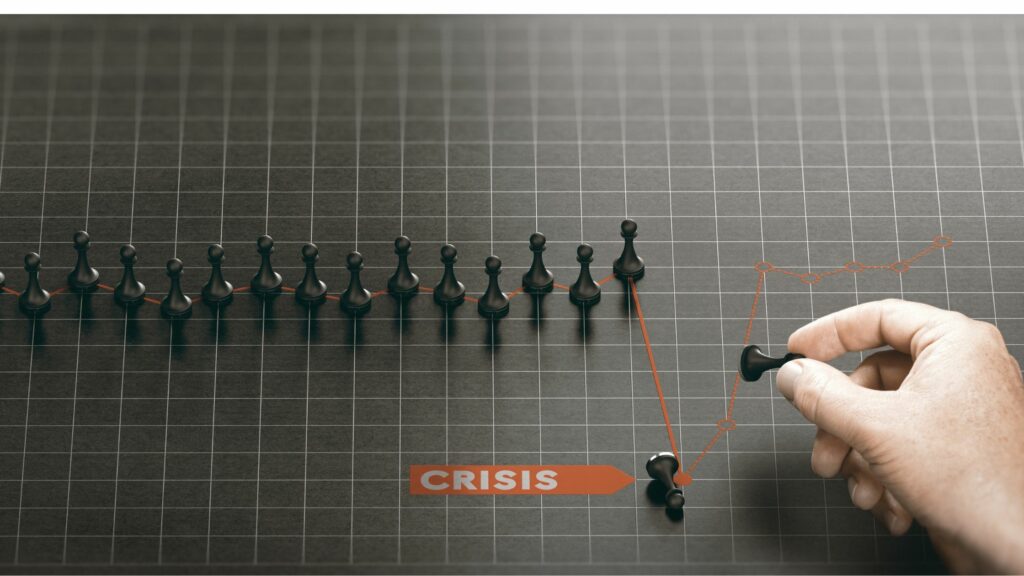
BCDR Test: Why and How For Business Continuity and Disaster Recovery
Having detailed Business Continuity and Disaster Recovery (BCDR) plans is essential, but the only way to ensure their effectiveness is by conducting regular BCDR tests. Testing these plans helps to keep your staff prepared by reinforcing their roles and responsibilities during a crisis.
What Should Be Included in a BCDR Test?
Testing Systems Failover
A critical component of a BCDR test is systems failover. This involves creating virtual instances of your servers and attempting to conduct normal business operations on them. Key steps include:
Verifying access to virtual servers from multiple workstations.
Tasking your IT staff with recovering server backups.
Ensuring that data and applications restored to the primary server are intact and meet your recovery point and time objectives.
Testing Power Failover
Simulate a power outage by unplugging your primary power supply and verifying that all devices remain operational on backup power.
Testing Internet Failover
Disconnect one of your internet connections at the source to ensure your firewall switches to the backup connection automatically. This test involves changing your primary IP address, so it's best conducted after business hours to avoid disruption.
How Often Should You Conduct a Complete Failover BCDR Test?
It's recommended to test all failover solutions at least once a year. Larger organizations might consider conducting a full test every six months. If any issues arise with your failover systems, performing a test immediately can help diagnose and resolve the problem.
Personnel Testing
Testing your personnel is crucial for effective disaster response. Ensure key managers are familiar with your BCDR test plans and know how to implement them. Assign specific tasks to individuals and identify primary, secondary, and tertiary backup personnel to respond in emergencies.
The Importance of Reviewing Your BCDR Plans
As technology evolves, so should your BCDR plans. Regular testing helps identify areas within your organization that need updating or replacement. Review your technology and plans whenever significant changes occur, such as moving locations, staff updates, or migration to the cloud. If you ever need to use your BCDR plans, assess their effectiveness, identify shortcomings, and implement improvements.
Who Should Manage BCDR and BCDR Testing?
Ideally, your Chief Technology Officer (CTO) or Chief Information Officer (CIO) should be responsible for creating and managing your BCDR plan. These roles are typically filled by individuals with a deep understanding of your company's technology capabilities and needs.
However, if your business doesn't have a CTO or CIO, consider using Managed IT services to augment these roles. Your Managed Service Provider (MSP) should tailor their services to your company's unique needs, just like your BCDR plans.
Ensure Smooth Operations
Conducting regular BCDR tests is not just about compliance; it's about ensuring your business can continue to operate smoothly during unexpected disruptions. By including systems failover, power failover, internet failover, and personnel testing in your BCDR tests, you can identify and address potential weaknesses before they become critical issues. Regularly review and update your BCDR plans to keep pace with technological advancements and organizational changes. With the right preparation and testing, your business can maintain continuity and quickly recover from any disaster.
To ensure your business is fully prepared for any crisis, consider our Managed IT Services. Our team of experts can help you develop, test, and refine your BCDR plans, providing the peace of mind that comes from knowing you're protected. Contact us today to learn more about how we can support your business continuity and disaster recovery efforts




